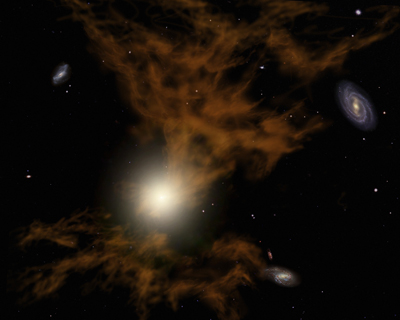
In this artist’s rendition, the yellow region at the center represents a supermassive black hole. Around are dust grains mixed with heated, outflowing gas. But just how big is “supermassive?” Find out in the next photo!
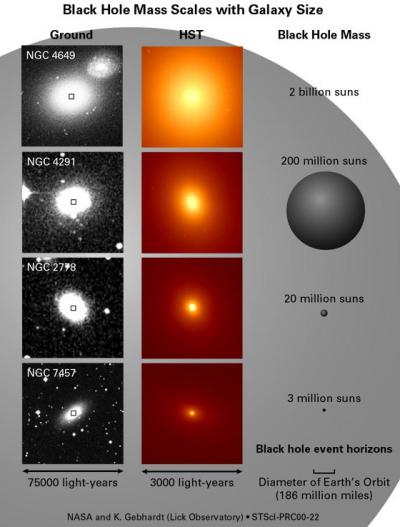
This diagram shows different sizes of black holes as compared to our sun. As you can see, a black hole could swallow millions of stars. And in fact, they often do — see how black holes stifle stars next.
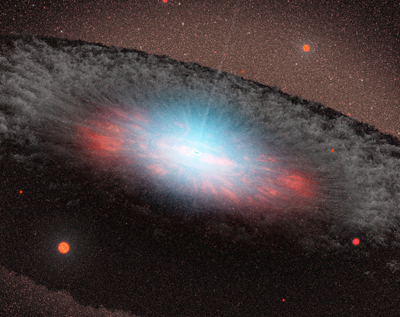
Supermassive black holes in some giant galaxies create such a hostile environment, they shut down the formation of new stars. Strangely, black holes lie at the center of most galaxies, as shown in the next image.
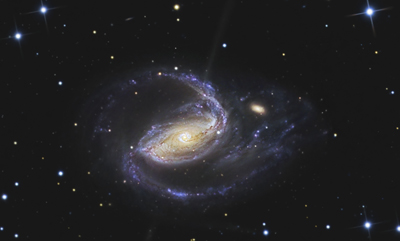
Like most galaxies, NGC 1097, a barred spiral galaxy, has a supermassive black hole at its center. The next image is a new Hubble photo showing another black hole at the center of a galaxy.
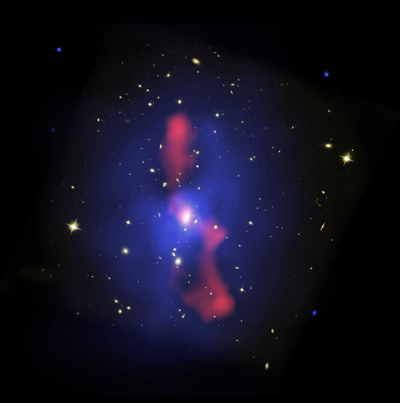
This is a new composite image of a galaxy cluster located about 2.6 billion light-years away. The three views of the region were taken with NASA’s Hubble Space Telescope in February 2006. See a massive radio telescope in the next photo.

This is a depiction of a wormhole, or an Einstein-Rosen bridge, bursting open in the vacuum of space. Many believe these curves in spacetime could enable time travel. Find out about another mystery of space in the next photo: the elusive dark matter.
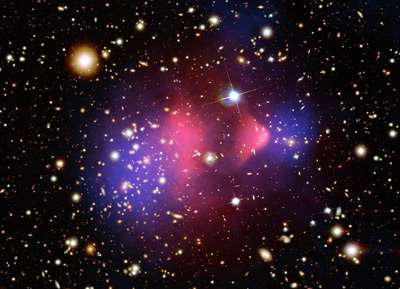
Dark matter composition is up for debate, with subatomic particles and black holes considered as candidates.
Black holes are predicted to exist through solutions of Einstein’s field equations of general relativity. They are not directly observable, but several indirect observation techniques in different wavelengths have been developed and used to study the phenomena they induce in their environment. In particular, gases caught by the gravitational field of a black hole are heated to considerably high temperatures before being swallowed, and thereby emit a significant amount of X-rays. Therefore, even if a black hole does not itself give off any radiation, it may nevertheless be detectable by its effect on its surrounding environment. Such observations have resulted in the general scientific consensus that, barring a breakdown in our understanding of nature, black holes do exist in our universe.








